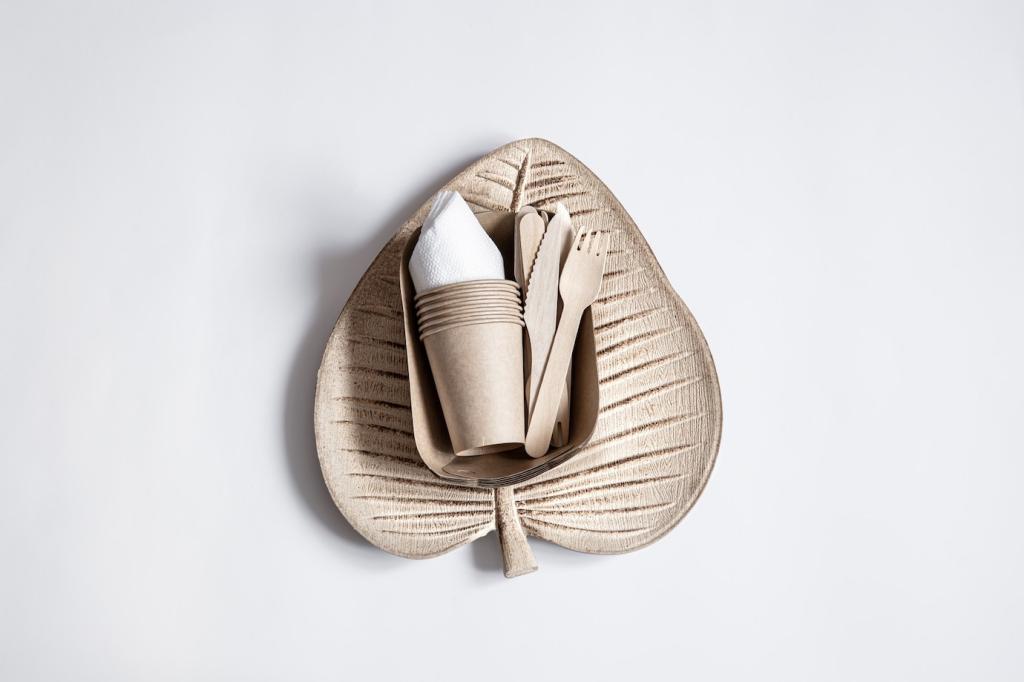
Live Efficiently with Nature: Biophilic Design for Energy Efficiency
Selected theme: Biophilic Design for Energy Efficiency. Welcome to a home page where architecture listens to ecosystems, comfort grows from daylight and breezes, and energy bills shrink as our spaces reconnect with living patterns.
Why Biophilic Design Saves Energy
Daylight as a Primary Fuel
Thoughtful daylighting reduces artificial lighting demand by pairing generous apertures with light shelves, reflective surfaces, and planted buffers that soften glare. When daylight feels calm rather than harsh, people keep the lights off longer, enjoy richer color rendering, and maintain alertness, which supports sustained productivity with less electrical load.
Passive Cooling Through Greenery
Green roofs, vines, and shaded courtyards temper heat through evapotranspiration and filtered solar gain. Plant layers create cooler microclimates, lowering surface temperatures that would otherwise radiate indoors. Deciduous trees shade in summer and admit winter sun, while vine-covered trellises diffuse light, reduce cooling peaks, and preserve generous views of nature.
Thermal Comfort and Well-Being
Natural textures, rhythmic patterns, and views of foliage increase perceived comfort, allowing slightly wider temperature setpoints without discomfort. When occupants feel serenely connected to their surroundings, they accept gentler airflow, slower fan speeds, and seasonal variability, lowering HVAC energy while maintaining a restorative, humane indoor experience.

Materials and Assemblies that Breathe
Living facades and green walls filter sunlight, buffer temperature swings, and clean the air. With well-designed irrigation, captured rainwater, and appropriate substrate depth, these systems become passive allies, shading exterior surfaces, reducing conductive heat gains, and creating habitat that also calms interior acoustics.
Materials and Assemblies that Breathe
Timber, cork, and clay plasters store and release moisture, moderating relative humidity spikes that often trigger energy-intensive conditioning. Their tactile warmth reduces the urge for aggressive heating, while their breathability supports stable indoor comfort with fewer mechanical interventions across changing seasons.



Stories and Case Studies
A family reoriented living spaces around a planted courtyard with a small fountain and vine-covered pergola. The cooled microclimate, gentle cross-breezes, and softened daylight reduced their reliance on air-conditioning hours during summer evenings, while the courtyard became their favorite gathering place for shared meals and stargazing.
Stories and Case Studies
Classrooms opened to tree-shaded verandas with operable clerestories. Teachers reported calmer afternoons, and facilities teams observed fewer lights left on thanks to abundant daylight. The landscape became a teaching tool, showing students how trees, breeze paths, and careful shading create comfort without constant mechanical assistance.



Orientations, Shading, and Canopy Layers
Map sun paths, then layer deciduous shade, adjustable screens, and light shelves to tune solar gain. Place evergreens as winter windbreaks and use pergolas to frame breezes. These moves reduce peak loads before any equipment sizing, anchoring efficiency in site-responsive planning.

Water, Stones, and Microclimates
Small water features and porous paving can cool adjacent air through evaporation when thoughtfully scaled and maintained. Combine with stone thermal mass, drought-tolerant species, and wind-guiding hedges to create pockets of comfort that lower indoor cooling demand during hot afternoons.
Smart Stewardship of Living Systems
Drip irrigation, mulching, and soil health reduce water and maintenance energy. Keep plantings trimmed to preserve airflow near windows and intakes. Healthy greenery shades effectively, avoids blocking breezes, and stays resilient through seasonal shifts without demanding intensive mechanical compensation.
Climate-Responsive Planting
Choose native or well-adapted species for your region, pairing deciduous shade near sun-baked facades with evergreens as windbreaks. Match plant density to microclimate goals so shading, privacy, and ventilation remain balanced and energy-supportive through the year’s hottest and coldest periods.
Share, Respond, and Subscribe
Post photos of your daylight tweaks, green facades, or cross-vent strategies, and tell us what shifted in your comfort and bills. Ask questions, request guides, and subscribe to receive weekly biophilic design insights, seasonal checklists, and community-tested tips that keep efficiency naturally inspired.

